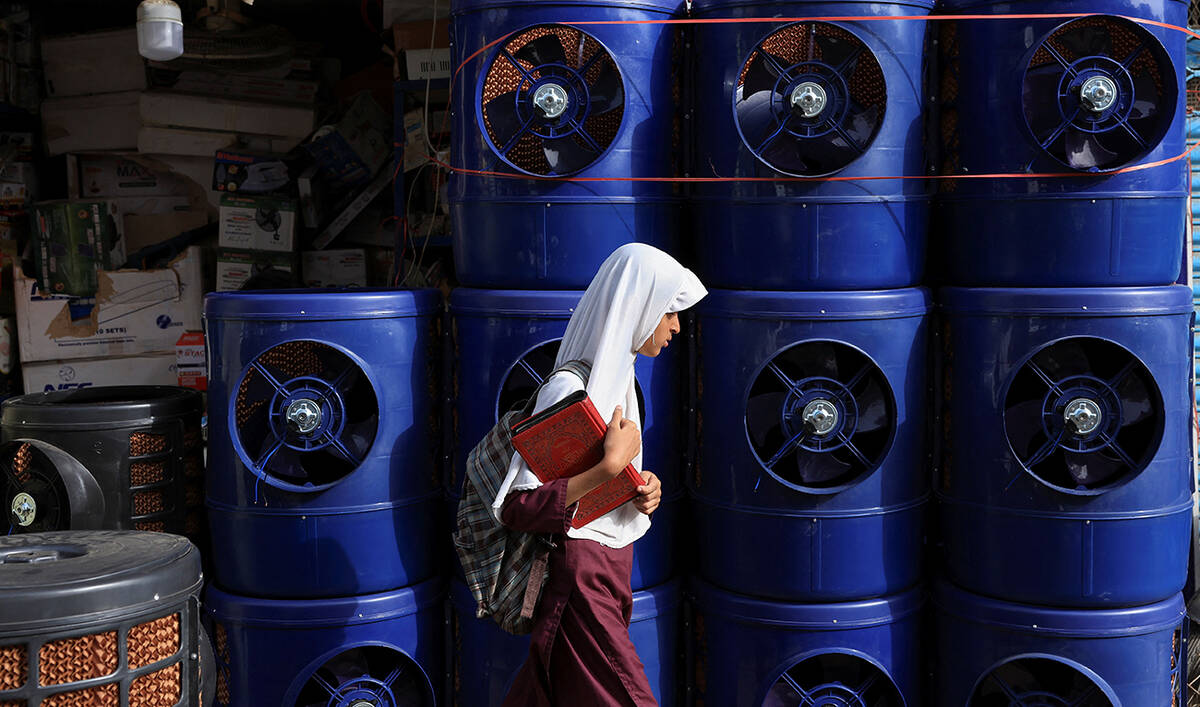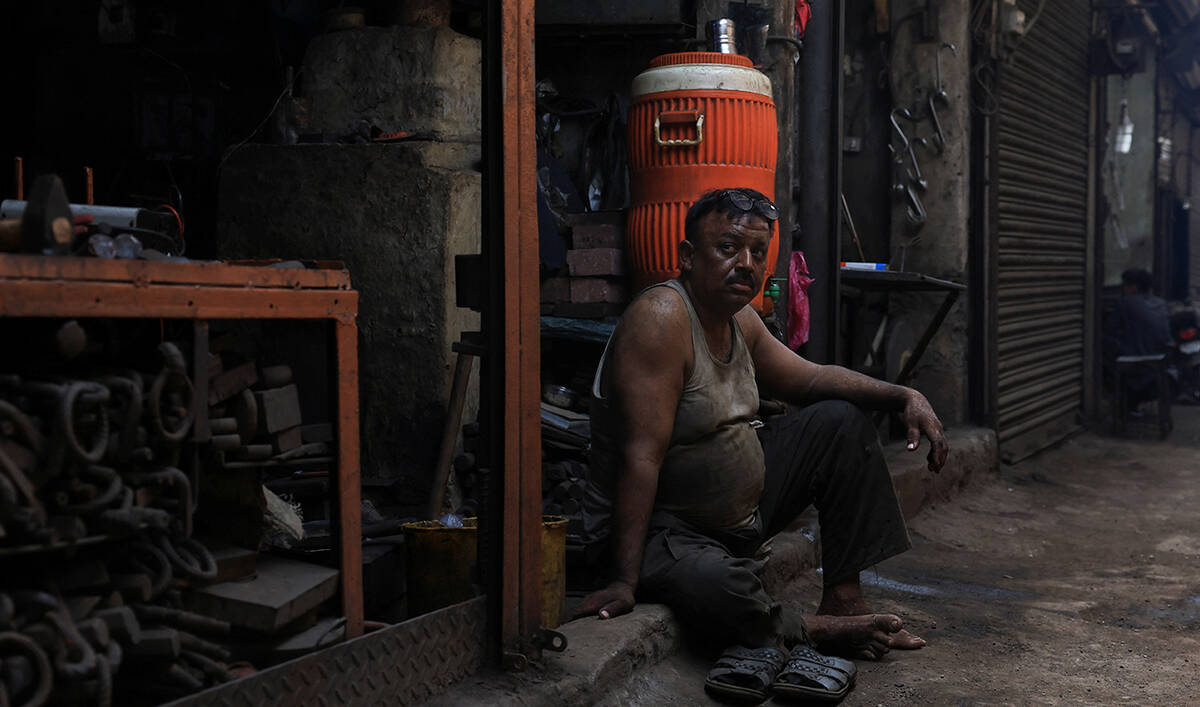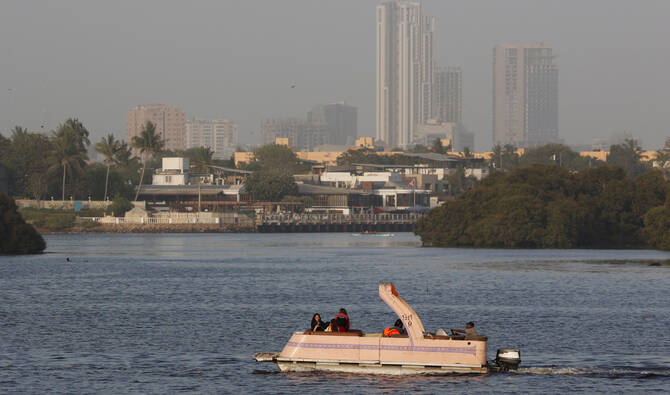ISLAMABAD: Pakistan’s foreign office spokesperson on Thursday confirmed that the government has not extended its Mar. 31 expulsion deadline for Afghan Citizen Card (ACC) holders, as the UN Refugee Agency expressed concerns over forced deportations and called on the government to show “leniency.”
Islamabad last month announced a deadline of Mar. 31 for Afghans in Pakistan holding ACCs, a certain immigration document, to leave the country. The move was part of Pakistan’s larger drive launched in 2023 to expel what it says are illegal immigrants from the country as it faced a surge in militant attacks.
AFP news agency reported that a government official, on condition of anonymity, said the deadline had been extended till the beginning of next week as it coincided with the Eid Al-Fitr holidays.
“No extension to the deadline for illegal foreigners and ACC-holder Afghans,” Shafqat Ali Khan, the foreign office spokesperson, told Arab News.
ACCs were issued by Pakistani authorities and are held by 800,000 Afghans, according to the United Nations.
More than 1.3 million Afghans who hold the UN-issued Proof of Registration (PoR) cards valid until June 30 are not part of the expulsion drive. Reports, however, suggest they are also being moved from Islamabad to Rawalpindi.
The UN says nearly three million Afghans live in Pakistan, many having fled there over decades of war in their country and after the return of the Taliban to power in Afghanistan.
UNHCR Pakistan spokesperson Qaiser Khan Afridi expressed concerns over the deportation drive and reports of arrests in Islamabad and Rawalpindi cities.
“We have expressed concerns over this deportation drive as we believe that ACC holders should be given sufficient time to return voluntarily, with dignity and safety,” Afridi told Arab News.
He said the UNHCR has received reports of Afghan nationals being arrested in Islamabad and Rawalpindi.
“But these operations were already underway before the Mar. 31 deadline expired,” he said, adding that the UN agency does not have information about any increase in arrests after the deadline expired.
60 AFGHAN NATIONALS ARRESTED
A source in Islamabad’s district administration, speaking to Arab News on condition of anonymity, confirmed that 60 Afghan nationals had been arrested in the twin cities of Rawalpindi and Islamabad after the deadline expired.
He said the operations were conducted based on intelligence reports in Islamabad and Rawalpindi jointly by police and intelligence agencies.
“Twenty-two individuals holding Afghan Citizen Cards were detained from Islamabad’s areas and 38 individuals were arrested from Rawalpindi,” he said.
He disclosed that the arrested Afghan nationals have been shifted to a temporary camp in Islamabad’s Old Hajji Camp area. He said after they have been registered, the Afghan nationals will be taken to the northwestern Landi Kotal town for further deportation process.
Afridi said the UNHCR was not directly involved in the process nor was it providing any support to the government.
“However, we believe they [Afghans] should be treated with leniency,” he said.
Anwer Shehzad, a focal person of the provincial government in northwestern Khyber Pakhtunkhwa (KP) province for the repatriation drive, said the KP government has established two camps for the repatriation of Afghans. One was in Peshawar’s Regi area while the other one was in Landi Kotal.
“However, no Afghans have been relocated so far due to the Eid holidays,” Shehzad said. “As the deadline expired during the holidays, we have instructed all relevant authorities to begin shifting Afghans to these camps for further processing starting from Apr. 7.”
He said these camps have National Database and Registration Authority (NADRA) counters, security officials and representatives from all relevant departments.
“NADRA will conduct biometric verification of all individuals before their departure to Afghanistan to ensure that, if they return, they can be properly identified,” he explained.
Shehzad said that since the government announced the deadline last month, around 100,000 Afghans have voluntarily returned to their homeland.
He added that as per the KP home department’s data, approximately more than 800,000 Afghans are yet to be repatriated.
“We will also provide all biometric data to the Pakistani embassy in Afghanistan to facilitate legal movement in the future,” Shehzad said.
Arab News contacted Pakistan’s interior ministry and the provinces of Punjab, Balochistan, and Sindh but did not receive a response from them by the time this report was filed.
Afghanistan has repeatedly called for the “dignified” return of Afghans from Pakistan, urging Islamabad not to expel them.
Following an ultimatum from Islamabad in late 2023 for undocumented Afghans to leave Pakistan, more than 800,000 Afghans returned between September 2023 and the end of 2024, according to the UN figures.




















